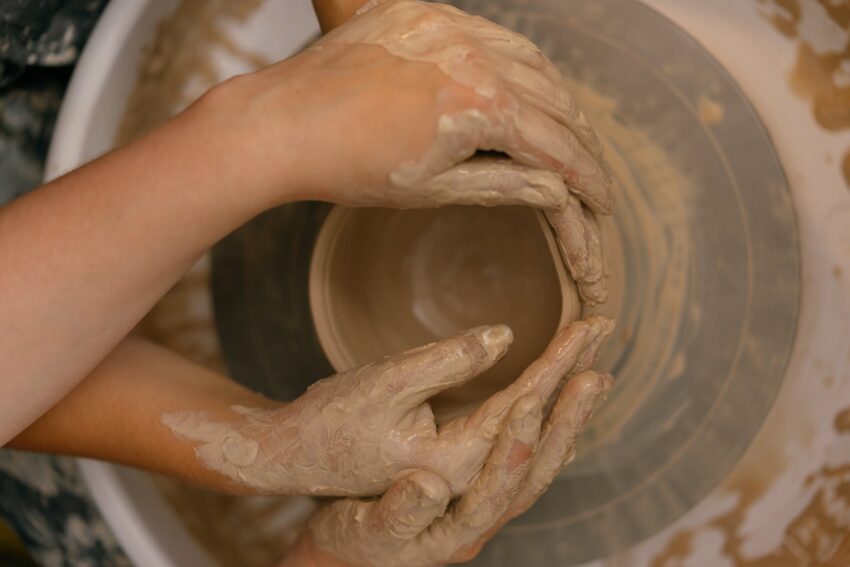Once existing on the fringes of mainstream culture, the psychedelic movement has come a long way. Today, we can see traces of it in a variety of mediums, from films to fine arts and, most predominantly, in music. Psychedelic art and music are interdisciplinary fields that often coexist and influence each other, creating a vibrant subculture rich in colors and sounds.
Psychedelic art is a genre that mirrors the experience of altered consciousness, typically influenced by psychedelic substances. This form of art often features abstract shapes, bright hues, and intricate patterns reflecting what is often associated with transcendent experiences. Visionary artists play a pivotal role in creating art forms that trigger an altered state of consciousness, leading to personal and spiritual growth.
One subgenre that has prospered considerably is digital art. Using modern technology, artists create trippy visuals that are both complex and captivating. These visuals are often used in live music sets to augment the auditory experience, leading to a form of perceptual blending known as synesthesia. In these moments, the lines between the seen and the heard blur, creating an immersive experience.
When it comes to immersive experiences, nothing compares to the grandeur of music festivals. Psychedelic music festivals have become a cultural melting pot, offering a platform for artists to display their visionary art. These festivals often feature music that ranges from psychedelic rock to electronic music, both of which heavily utilize the psychedelic aesthetic in their album covers and live visuals.
Psychedelic rock, born in the 1960s, is characterized by its intricate melodies, long instrumentals, and lyrics that speak of mind expansion and uninhibited self-expression. The vibrant and mind-bending album covers of this genre are as iconic as the music itself. Bands like Pink Floyd and The Grateful Dead are known for their visually stunning album covers that have helped shape the visual language of psychedelic rock.
The rise of electronic music has seen an evolved form of psychedelic art. Traditionally, electronic music has been associated with repetitive beats and minimalistic arrangements. However, within the depths of the genre, one can find music that adopts the distinctive exploratory and unpredictable nature of psychedelia.
Music acts like Shpongle and Tipper frequently incorporate psychedelic elements into their music. Their live shows often feature intricate, evolving visuals designed to synergize with the music. Touching the sonic and visual visionary world simultaneously, these productions create a unique sensorial journey that can serve as a transformative experience for the audience.
The use of psychedelic art in music is not limited to the visual elements of live shows and album covers. In many cases, the music itself is designed to induce a psychedelic state. Some musicians, including the aforementioned Shpongle, have said that their goal is to produce music that triggers a significant shift in consciousness, much like a psychedelic substance would.
In conclusion, the interconnectedness of psychedelic art and music forms a profound expression of human consciousness and creativity. It offers a unique glance into the depths of the human psyche, juggling between the realms of fantasy and perceptual reality. Blending auditory and visual experiences, these forms offer an immersive journey that takes listeners and viewers alike on a vibrant exploration of mind and soul. While the psychedelic movement continues to grow and evolve, one thing remains certain: with its blend of high-voltage musical tones and brilliant, otherworldly visuals, it will continue to captivate audiences around the globe for years to come.
Source:
1. Transcendent experiences
2. synesthesia
(Note: Please ensure it’s okay to use the deep links for the keywords before publishing the article.)
